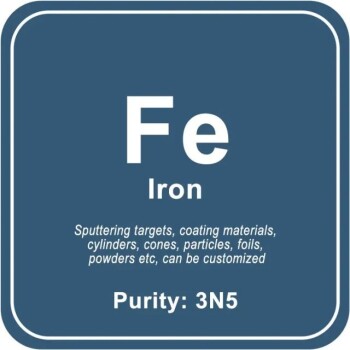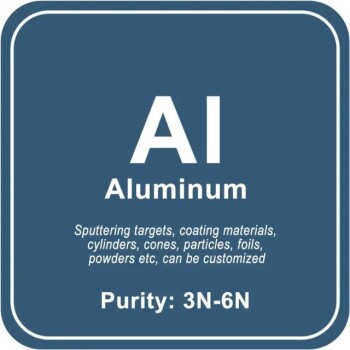Elemental analysis is a crucial technique in various scientific fields.
It involves the determination of the elemental composition of substances.
This analysis is essential for research, quality control, and compliance purposes.
5 Key Methods of Elemental Analysis Explained

1. Definition and Importance of Elemental Analysis
Definition: Elemental analysis involves determining the elemental composition of substances.
This is crucial for understanding their properties and applications.
Importance: It is essential in various fields such as chemistry, materials science, environmental testing, and food testing.
It is used for research, quality control, and compliance purposes.
2. Common Methods of Elemental Analysis
UV-Vis Spectrophotometry (UV): Utilizes Beer's law to measure the absorbance of light by a sample.
The absorbance is proportional to its concentration.
Atomic Absorption Spectroscopy (AAS): Based on the phenomenon of gaseous atoms absorbing light radiation.
This causes outer electrons to transition from the ground state to the excited state.
Atomic Fluorescence Spectroscopy (AFS): An emission spectroscopy method.
It uses the intensity of fluorescence emitted by atoms under radiation stimulation for quantitative analysis.
Atomic Emission Spectroscopy (AES): Involves atoms emitting light when electrons return to the ground state from the excited state.
This provides a unique emission spectrum for each element.
Inductively Coupled Plasma Mass Spectrometry (ICP-MS): Ionizes sample components to generate ions with different charge-to-mass ratios.
This provides information on molecular weight, elemental composition, and structure.
X-ray Fluorescence Spectroscopy (XRF): Excites sample elements to emit secondary X-rays with specific energy or wavelength characteristics.
This allows for the determination of elemental types and contents.
3. Features and Applications of Each Method
UV-Vis Spectrophotometry (UV): High sensitivity, good selectivity, high accuracy, wide applicable concentration range, low analysis cost, simple operation, and fast.
Atomic Absorption Spectroscopy (AAS): High sensitivity, good selectivity, simple and fast operation, good measurement precision, and can measure more than 70 elements.
Atomic Fluorescence Spectroscopy (AFS): Low detection limit, high sensitivity, less interference, simple instrument structure, and wide linear range.
Atomic Emission Spectroscopy (AES): High temperature, annular channel, inert atmosphere, good detection limit, good stability, high precision, small matrix effect, small spectral background, and small self-absorption effect.
Inductively Coupled Plasma Mass Spectrometry (ICP-MS): Wide mass measurement range, high resolution, and absolute sensitivity.
X-ray Fluorescence Spectroscopy (XRF): Non-destructive, provides real-time data, and requires minimal sample preparation.
4. Portable Elemental Analyzers
Handheld XRF Analyzers: Offer practical solutions by providing real-time data.
They reduce the need for extensive sample preparation.
They are more accessible and cost-effective compared to traditional lab equipment.
Applications: Used in mining operations for real-time ore composition analysis.
They guide mining and processing decisions.
They are used in various other fields where immediate decision-making is crucial.
5. Challenges Addressed by Portable Analyzers
Traditional Methods: Require specialized laboratory equipment, highly trained personnel, can be expensive, time-consuming, and often require sample destruction.
Portable Analyzers: Address these challenges by providing real-time data.
They reduce the need for extensive sample preparation.
They are more accessible and cost-effective.
Continue Exploring, Consult Our Experts
Ready to transform your research and quality control with our advanced tools?
Contact KINTEK SOLUTION now to find the perfect elemental analysis solution for your laboratory.
Don't miss the opportunity to elevate your efficiency and accuracy.
Take the first step towards precision and simplicity.












